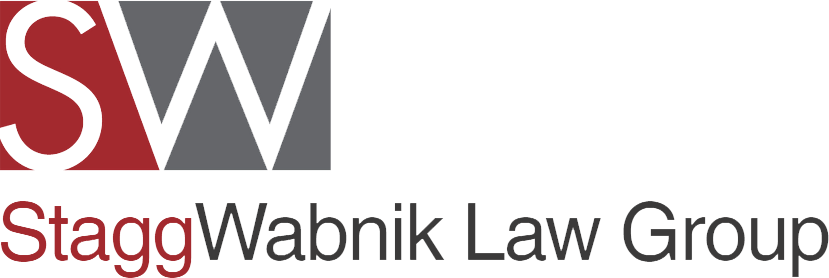AI & FINRA: Meeting Compliance Expectations in 2025
- Stagg Wabnik
- Jun 13
- 3 min read

Navigating AI Adoption Under FINRA Oversight
Artificial intelligence is transforming the way financial firms communicate, analyze data, and engage with clients. But as the tools evolve, so do regulatory expectations. FINRA’s message is clear: innovation is welcome, but compliance is non-negotiable.
Firms looking to incorporate AI into marketing, supervision, or client services need to align these tools with core regulatory values—fair dealing, investor protection, and transparency. The goal isn’t to slow down progress but to implement AI responsibly, with oversight built in from the beginning.
The Impact of Regulatory Notice 24-09
In June 2024, FINRA released Regulatory Notice 24-09 to address the growing use of AI in broker-dealer communications. The notice confirmed that FINRA Rule 2210 governs all public-facing communications, no matter how they’re created—whether by a person, a third-party vendor, or an AI model.
What Firms Need to Know:
AI-generated content must meet Rule 2210 standards for accuracy, fairness, and proper disclosures
Rule 3110 still applies—firms remain responsible for supervision and approval of content
Using AI does not reduce or transfer compliance obligations
In short, relying on AI doesn’t shield a firm from scrutiny. Responsibility still lies with the firm.
Where the Risks Show Up
Without proper oversight, AI can create compliance blind spots:
Inaccurate Output: AI may generate outdated, misleading, or overly confident responses
Missing Disclosures: Automated content might overlook required disclaimers or risk language
Gaps in Recordkeeping: AI-generated material still needs to be stored per SEC Rule 17a-4 and FINRA Rule 4511
False Sense of Security: Overreliance on AI can lead firms to skip necessary human checks
Building a Compliant AI Framework
Avoiding these pitfalls starts with a solid plan. Here’s a practical approach:
1. Assign Human Supervision
Someone with supervisory authority under Rule 3110 should review AI-generated communications to ensure compliance. Treat AI as a tool, not a substitute for human oversight and judgment.
2. Create Internal Usage Guidelines
Document how and when AI can be used. Train staff on its limits and establish checkpoints that require human review.
3. Archive All AI-Generated Material
Utilize your existing record-keeping system to store AI content following FINRA and SEC retention rules.
4. Schedule Regular Spot Checks
Review a sample of AI content regularly. Look for accuracy, tone, and compliance with firm policies.
5. Loop In Legal and Compliance Early
AI decisions shouldn’t happen in silos. Ensure that your legal and compliance teams are involved in vetting and approving the tools.
Don’t Overlook Cybersecurity and Vendor Risk
Most AI systems are hosted in the cloud or accessed through third-party platforms, making vendor management a critical aspect. If you're bringing AI into your workflow:
Verify how client data is encrypted and stored
Avoid using sensitive or non-public data for AI training
Review contracts for audit rights, liability clauses, and data protections
Even though FINRA’s cybersecurity guidance doesn’t name AI specifically, the principles still apply. Any tool that touches sensitive client data must meet the same high standards as other regulated platforms.
Contact Stagg Wabnik Law Group
AI is here to stay, but so are FINRA’s compliance expectations. With the right structure in place, firms can gain efficiency without risking regulatory trouble.
Stagg Wabnik Law Group advises broker-dealers, investment firms, and financial institutions on integrating technology while meeting compliance obligations. To discuss how your team can safely deploy AI, call (516) 812-4550 or visit the contact page.





Comments